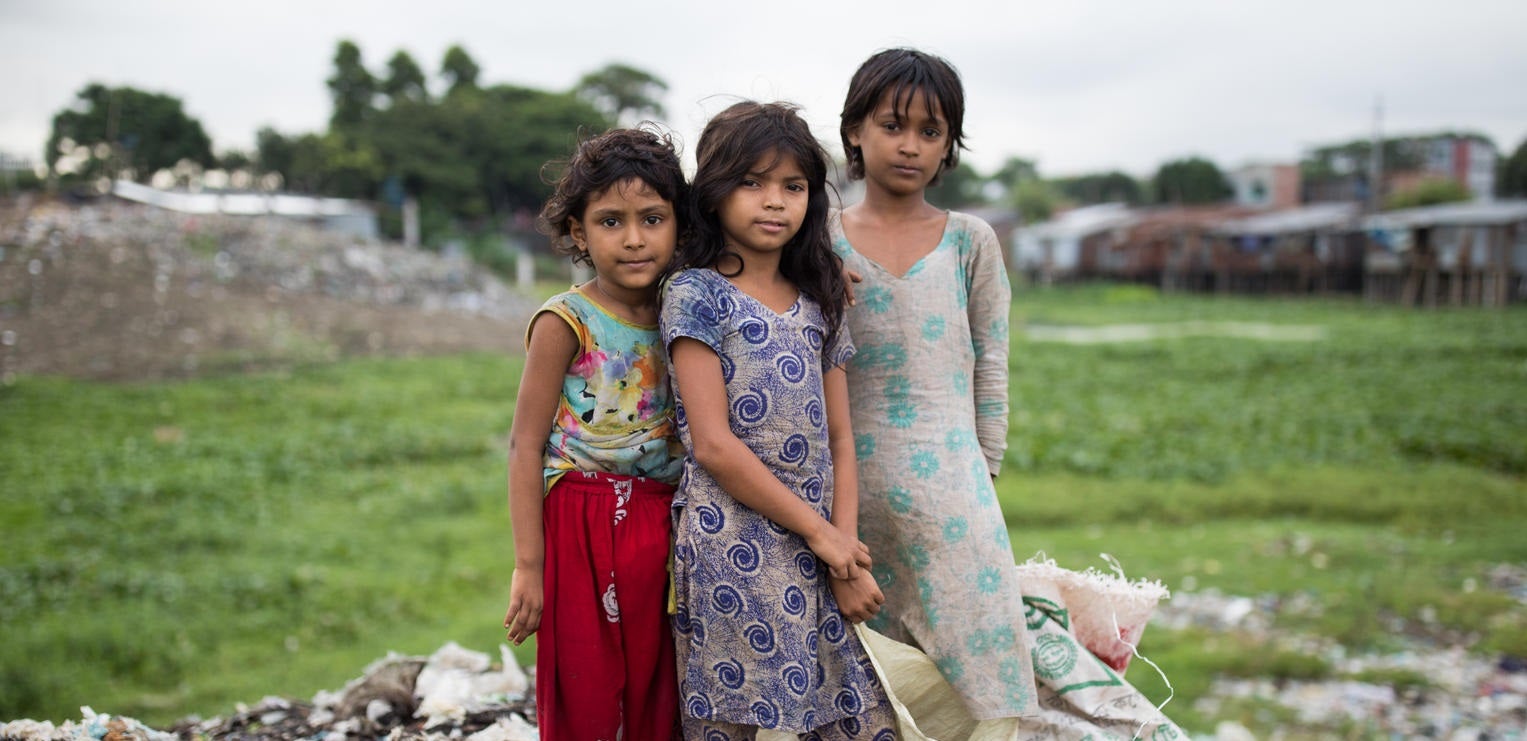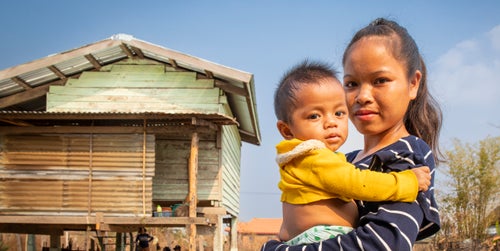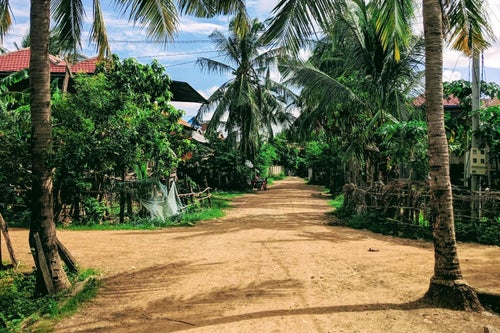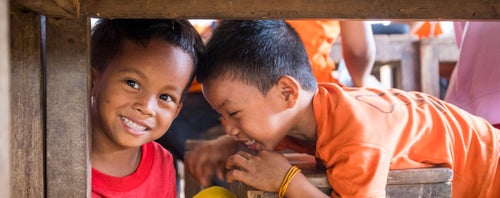It was the middle of the night when Edith was woken up. A woman had just gone into labour in her village.
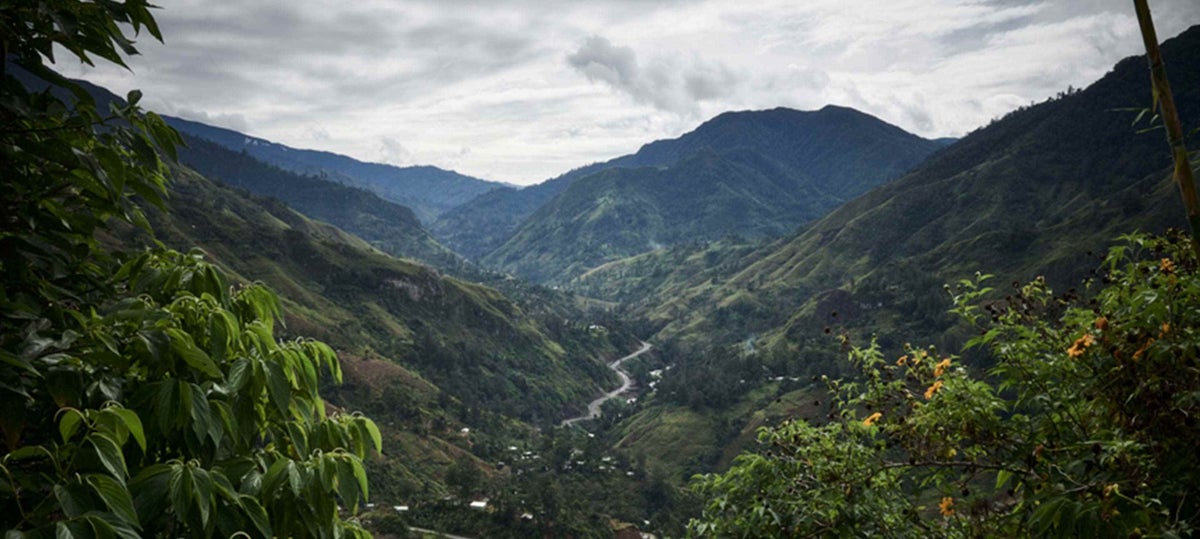
She knew what to do. As a village health volunteer, she had been through this many times before. First, she would pack her bag; a solar torch, blanket, satellite phone, umbrella, emergency birthing kit, and a jacket to bear the cold temperature outside.
Then, she would call for a bus to drive her and the heavily pregnant woman to the nearest health clinic in the Western Highlands, Papua New Guinea.
It would take at least an hour on the bus if the rocky, dirt road wasn’t flooded.

But when they reached the base of the mountain range, the village health volunteer realised the bridge had collapsed. Edith and the heavily pregnant mother, Josephine*, were forced to trek through the dark, slippery mountain range.
“We walked for at least an hour from the bridge,” Edith, 35, says.
“It was cold, and it was very dark.”
When they finally arrived at the health facility in Tambul, Edith called for the midwife and they safely delivered a healthy baby girl.
Josephine’s story is not uncommon to mothers in regional PNG. Those who survive even routine childbirth are considered ‘lucky’. With little access to an ambulance or a healthcare centre with trained staff and equipment, PNG remains one of the deadliest places for mothers to give birth.
The lack of accessible healthcare is why so many mothers choose to stay home to give birth. Many do so alone and with no trained help.
The PNG government's Village Health Volunteers project, supported by UNICEF, aims to bridge the gap between remote villages and healthcare centres.
Edith is one of the 37 village health volunteers who took part in a two-week training course - supported by the Australian Government (through the Australian NGO Cooperation Program) - where she learnt how to care for newborns and mothers, how to recognise danger signs in pregnancy, and how to resuscitate a newborn.
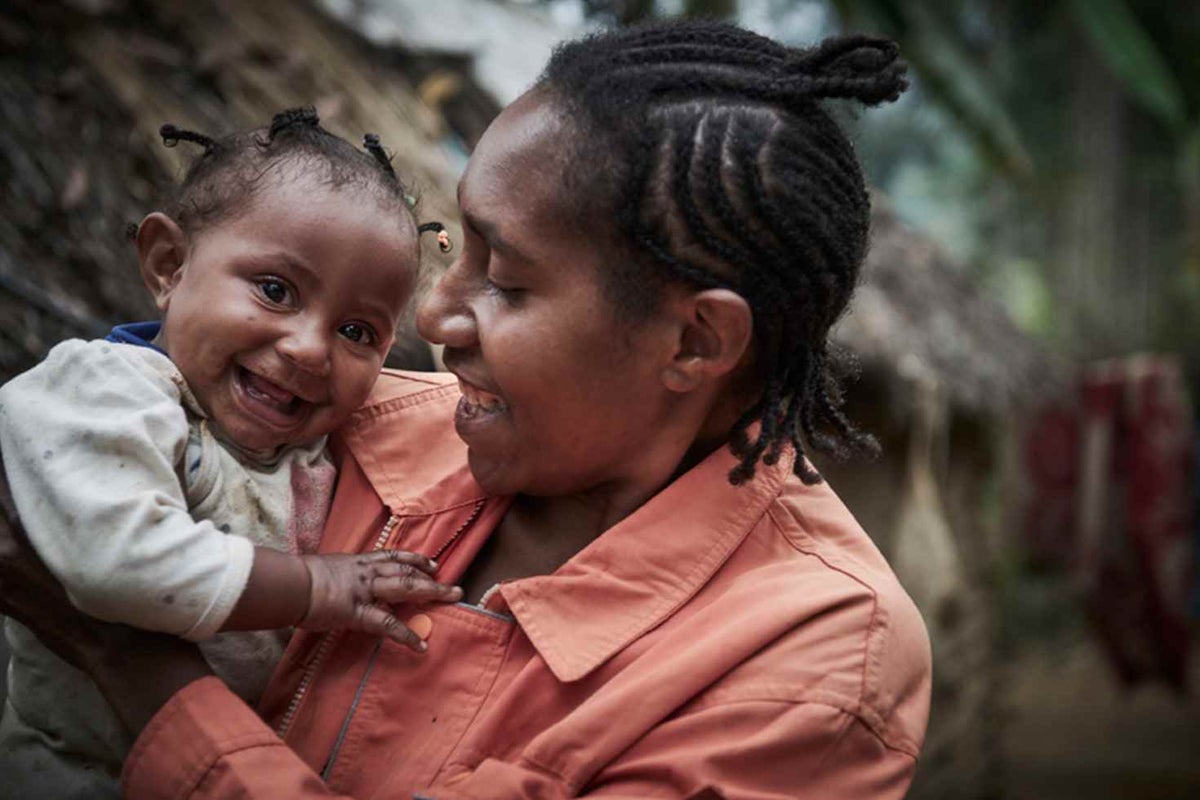
Now, Edith is working to ensure every soon-to-be mother in her village visits a health clinic for prenatal care, to deliver their child safely and for postnatal check-ups.
Since the implementation of the village health volunteers last year, more mothers are travelling to health centres to give birth. During the first nine months of the program, supervised hospital deliveries doubled and antenatal visits increased almost threefold.
The volunteers not only accompany mothers on their trips to the health centre, but they also conducted community meetings in rural villages to teach mums about maternal and newborn healthcare (both immediately after birth and during the first few days) and about the importance of using kangaroo care - or skin-to-skin contact - to prevent hypothermia in newborns.
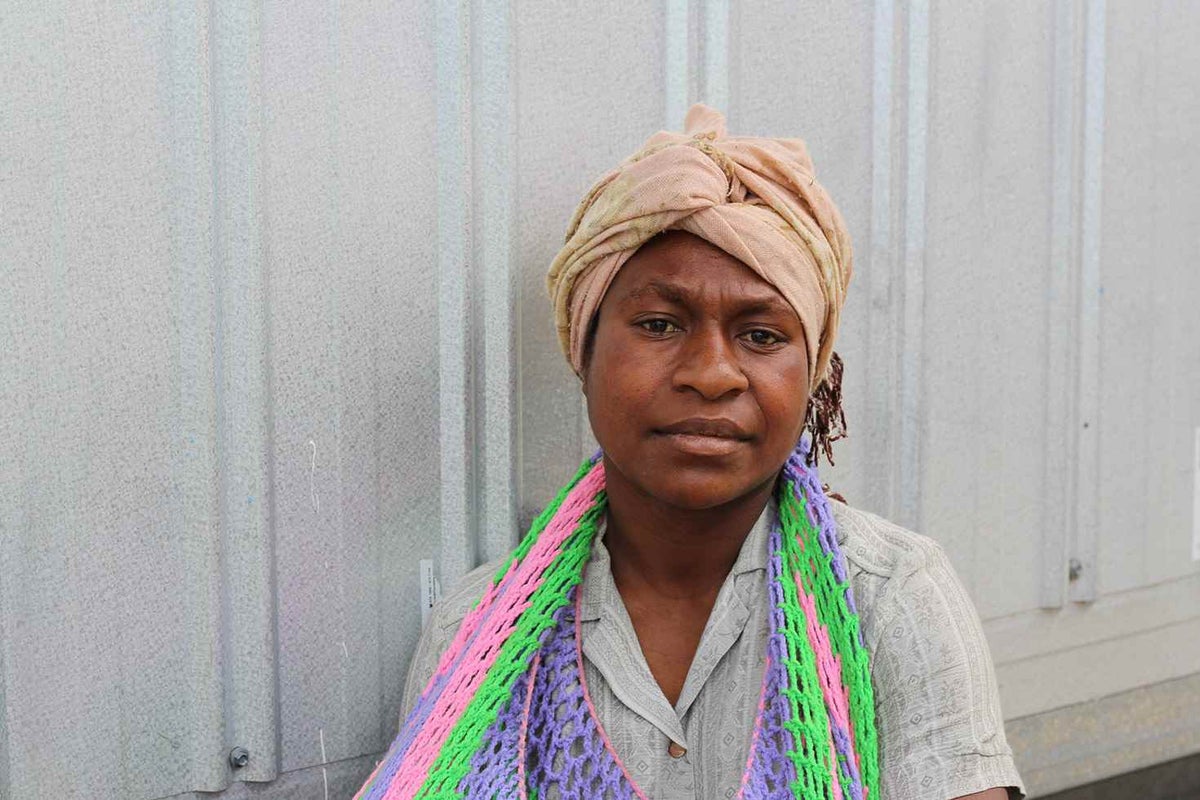
Jovita, 24, is one of these mothers. When she started feeling contractions in the early hours of the morning her husband called their local village health volunteer, Rosalie, and together, they walked for two hours to the health centre.
“I was really fearful,” Jovita says.
“But I felt comfortable with the village health volunteer because she had escorted me to the clinic several times before for prenatal health sessions.”
“I delivered the baby in the health centre as I had with my other three children. I feared that I may lose my life through loss of blood so that is why I delivered all my children in the health centre.”
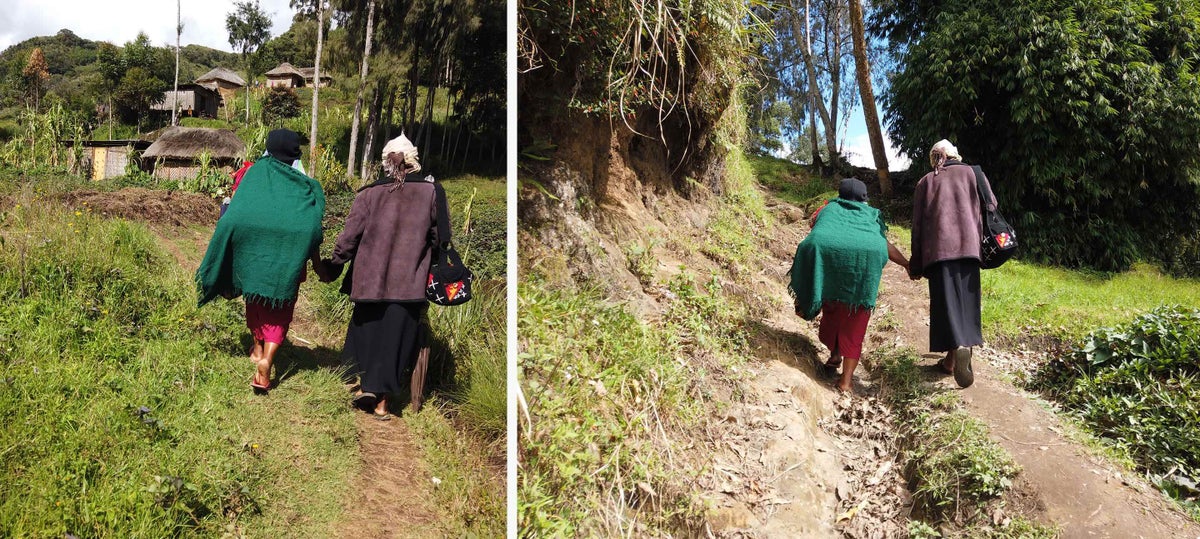
Jovita’s sister had brought her to the hospital for her other three deliveries. But Jovita says she felt more comfortable in the care of a village health worker who had been trained by UNICEF to help mothers in labour.
Jovita gave birth to a baby girl, Aggie-Shu. The next day, she returned home with the help of Rosalie. Little Aggie was given a UNICEF-supplied blanket and Bebi Kol Kilok which monitors her temperature and flashes and beeps when she gets too cold. This alerts mothers to start skin-to-skin care and prevent hypothermia.

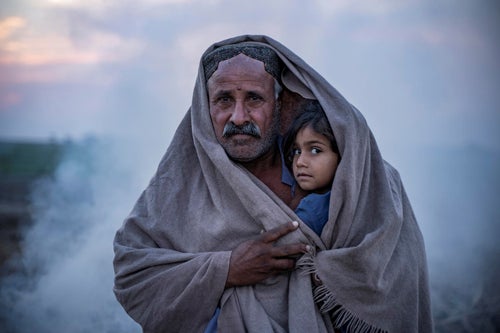
Become a Regular Donor
For every child in crisis.
Related articles
Stay up-to-date on UNICEF's work in Australia and around the world


